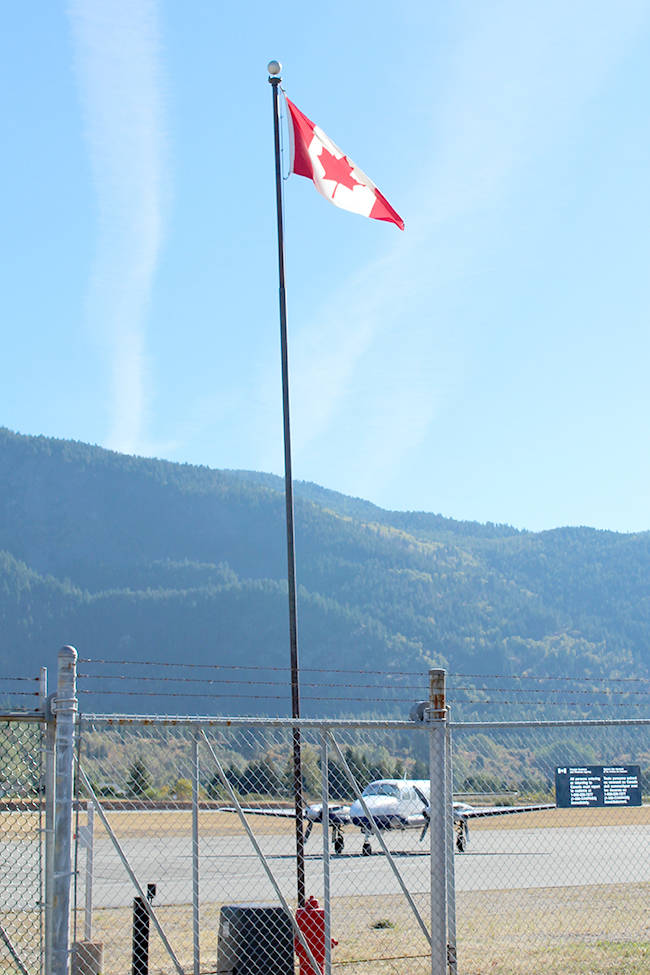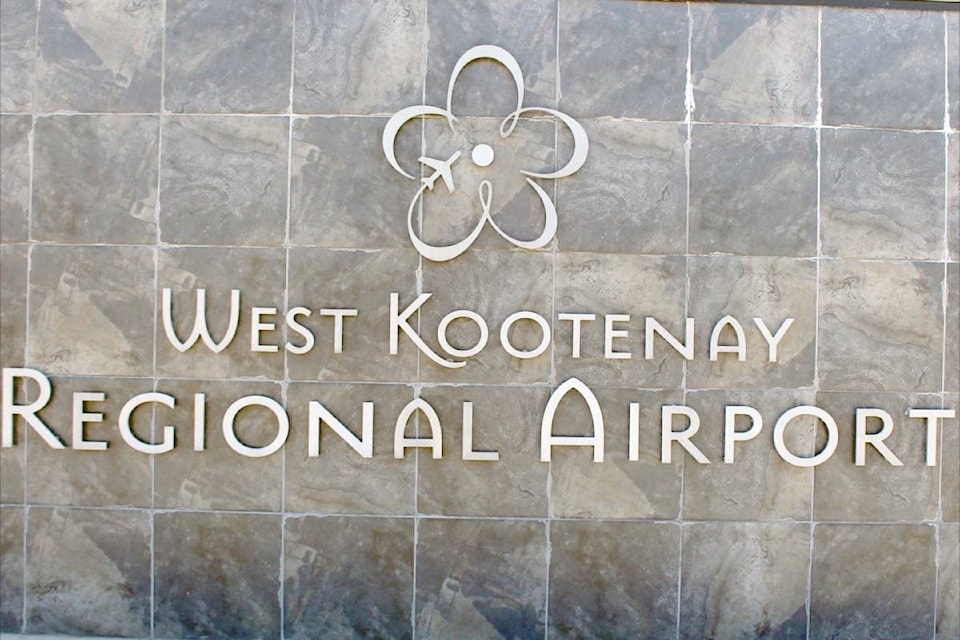If things move forward as the City of Castlegar hopes, the West Kootenay Regional Airport (WKRA) will see a future where technology plays a roll in reducing the winter cancellation rate by 85 per cent and doubling the passenger load.
These changes won’t take place overnight but are part of a long-term plan that may affect the sustainability and economic development of the entire West Kootenay region for the next 50 years, said Castlegar’s CAO John Malcolm.
“The benefits extend into the region — if the region did not have a secure, national airline connector, it would suffer even more than the current issues now put in its way,” said Malcolm.
“It seems inevitable to me that the advances in technology will provide a real solution to the airport’s winter reliability issues.”
The WKRA sees between 70,000 and 80,000 passengers a year, Malcolm said.
The main problem affecting flights through the WKRA is cancelled flights due to weather conditions. The problem primarily surfaces during the winter months where successful take-off and landing rates drop.
According to City of Castlegar airport data, 2016 successful landing rates were 99 per cent for the summer and fall, 95 per cent for the spring and 64 per cent for the winter.
Last year the City of Castlegar and a group of funding partners including the City of Nelson, the Regional District of Central Kootenay and the Columbia Basin Trust commissioned Jeppesen Aviation to study what could be done to increase reliability at the airport.
The results of that study have set off a chain of meetings and consultations that the city hopes will result in the implementation of a Registered Navigation Procedure (RNP) for the WKRA. RNP is a GPS-based navigation program using software installed in the plane.
“The potential expansion of the airport, if we are able to have RNP procedures … I believe the passenger load will probably double,” said Malcolm.
City representatives have already met with Nav Canada and will be talking with all of the national airlines that are capable of introducing RNP over the next few months, Malcolm said.
Based on a study at the airport several years ago, the hopes are that cancellation numbers could be decreased by 85 per cent. The current landing ceiling for the WKRA is 3,000 ft. Those figures were based on the number of flights that could have landed if the ceiling were lowered to 2,000 ft. However, the RNP that is being looked at would actually lower the ceiling to between 1,000 and 1,200 ft. so the reduction of cancellations may be much higher.
Cancelled flights at the airport originate with a decision by the airline based on weather conditions. Malcolm reports that the airport has never closed due to issues related to maintenance operations of the airport itself, such as infrastructure or runway clearing.
The problem is simply the terrain. Having an airport in a tight valley between mountains has its limitations. That is why the new plan doesn’t call for any physical changes to the airport runways, but rather adding a computerized approach program to the aircraft that allows for curved approaches rather than the current straight-line approaches used now. The RNP will bring the plane right in front of the runway.
This will require planes equipped with the technology and training of airline staff to operate it. Air Canada’s Dash-8s that currently fly the West Kootenay route do not have RNP capabilities.
“Trust me, if there was a piece of technology or equipment that the city could buy, we would have done that a long time ago,” said Malcolm. “What is new is the world of technology is changing in terms of new navigation, computerized assistance.”
So for the plan to work, there has to be buy-in from the airlines. The Castlegar News has contacted Air Canda requesting information on when it plans to upgrade its fleet with RNP enabled planes but has not received a response as of press time.
WestJet is already using RNP technology in their planes landing at the Kelowna and Abbotsford airports.
Talking with the airlines will be a process that takes one to two years, with most airlines setting route schedules that far in advance, Malcolm said.
Jeppesen plotted the RNP route based on standards that have been adopted in the United States but not yet in Canada.
However, the release of the report seems to be coming at a good time, as the city has been told by Transport Canada staff that they anticipate adopting new criteria similar to what is used in the U.S. in the next few years.
The addition of RNP technology could mean not just an increase in passenger traffic, but increases in cargo and courier traffic as well as charter flights.
In 2015 the city undertook an air market analysis to analyze how people use the WKRA. A survey went out to businesses from Midway to Creston and from Nakusp to Rossland. The city has those results to back up their ideas about expansion and the increases that may result in a more reliable airport.
The city also believes the improvements would support economic development throughout the region as more businesses would be willing to move to the area if they had access to enhanced year-round reliability at the airport.
The one bricks and mortar improvement that will be needed at the airport is an expansion of the terminal in order to accommodate the expected increased passenger load, Malcolm said.

